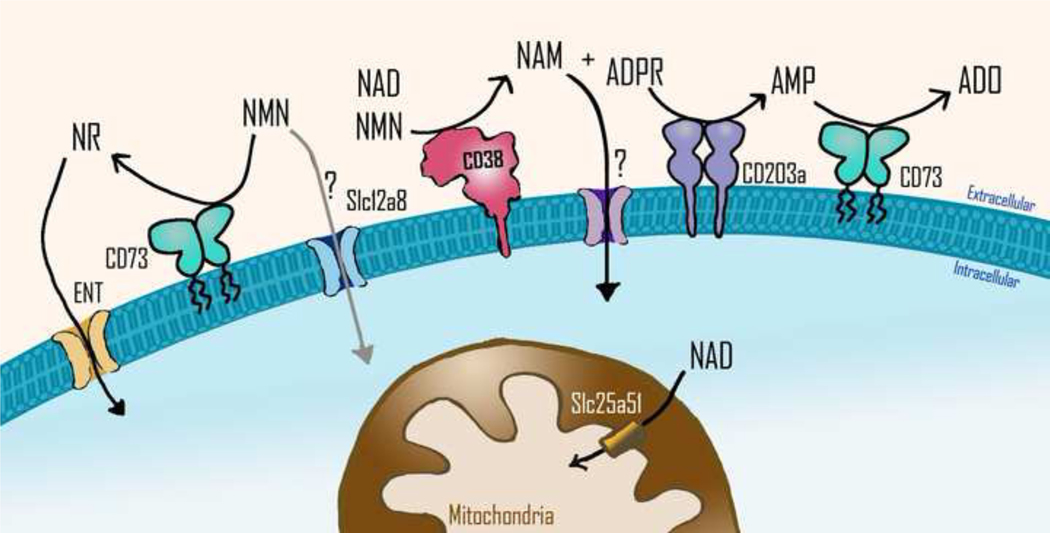Figure 3. Nicotinamide nucleotides transport into cells and organelles.
It is believed that extracellular NAD and NMN are degraded into ADPR and NAM or NR by exonucleotidases such as CD38 or CD73, respectively, before being transported into the cells. The transport of NR is mediated by equilibrative nucleoside transporters (ENT). Whether NMN can be taken up into cells through the transporter Slc12a8 or any other transporter is still under debate. NAM is known to enter into the cells, but the protein that mediates its transport is still unknown. The CD38 product ADPR can be used as substrate by other nucleotidases such as the nucleotide pyrophosphatase CD203a, which generates AMP. AMP is the main substrate of CD73, which generates adenosine, an immunosuppressive metabolite. Slc25a51, a member of the solute carrier transporter family, has recently been identified as the NAD transporter in the mitochondrial inner membrane. NAM= nicotinamide; NMN= nicotinamide mononucleotide; NR= nicotinamide riboside; ADPR= adenosine diphosphate ribose; AMP= adenosine mononucleotide; ADO= adenosine.

